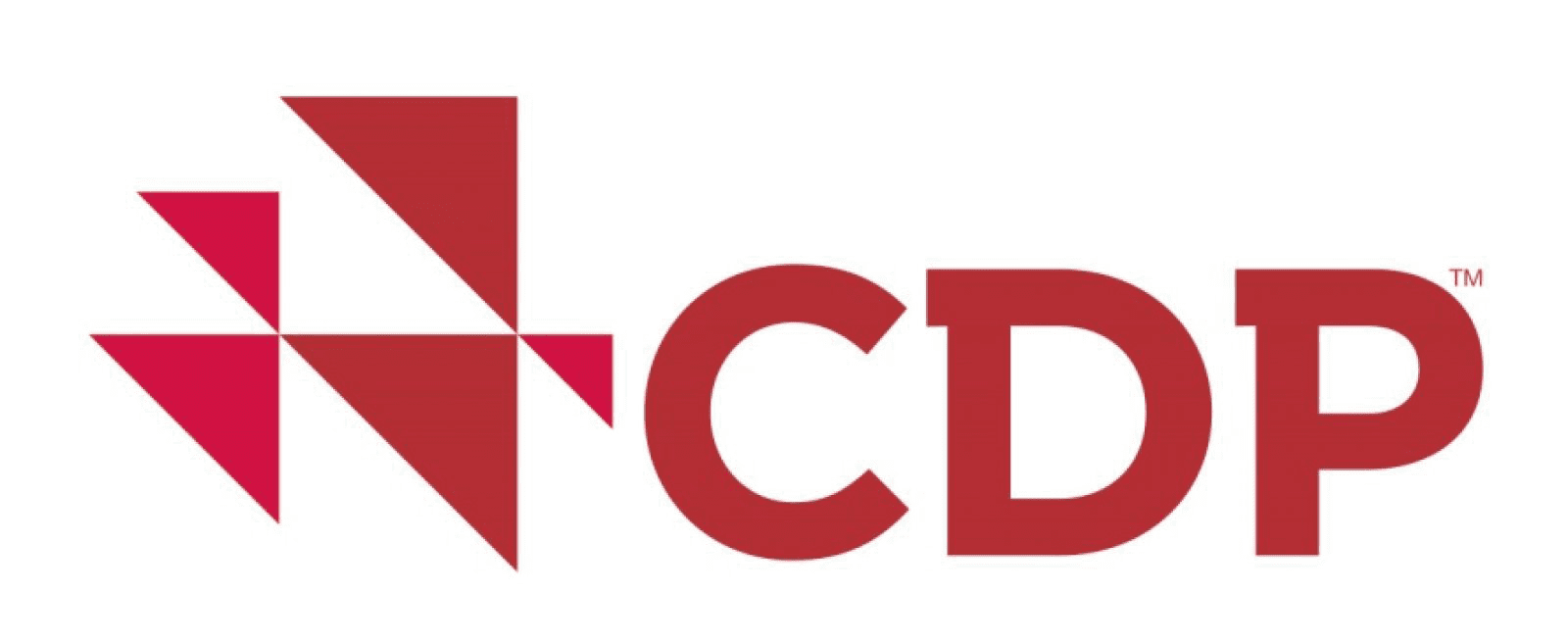Climate change and greenhouse gas emissions
Management
KMG’s long-term Development Strategy prioritises the following climate-related initiatives:
- Greenhouse gas (GHG) emissions management
- Reduction of routine flaring
- Improvement of GHG emissions intensity per unit of production and overall energy efficiency.
KMG fully supports the government’s decarbonisation commitment. Climate change issues are closely monitored at a strategic level: KMG’s Board of Directors and its Health, Safety, Environment and Sustainable Development Committee.
The Committee meetings in 2020 reviewed in detail the following key matters:
- Increasing APG utilisation rates
- Water management
- Climate change
Risks and opportunities
The corporate risk management system is a key component of the corporate governance system, and is used to identify, evaluate, monitor and mitigate potential risks that may hinder the achievement of strategic goals. The Company implements a range of initiatives to minimise these risks, with risk reports submitted to the Board of Directors every quarter.
Information disclosure
KMG‘s carbon footprint has been calculated for the second year running. In August 2020, KMG issued a report on greenhouse gas
The data include carbon dioxide (CO2), methane (CH4) and nitrous oxide (N2O). According to the report, in 2019, direct carbon dioxide emissions across KMG Group amounted to 9.7 mln tonnes (9.3 mln tonnes in 2018). The year-on-year increase in emissions was due to higher gas transportation volumes and new emission sources. Methane and nitrous oxide emissions are converted into tonnes of CO2 equivalent using global emission factors (28 for methane and 256 for NOX).
The greenhouse gas emissions data were verified by an independent accredited organisation’s report for each subsidiary or associate. Data for 2020 will be disclosed in KMG’s CDP report to be published in Q3 2021. We seek to ensure consistency and comparability when preparing our disclosures. We are committed to enhancing disclosures and increasing the scope of reporting around our Scope 3 emissions.

Efficient use of APG
In reducing our GHG footprint, we focus on increasing associated petroleum gas (APG) utilisation while minimising flaring. The measures taken so far within our raw gas processing and development programmes have increased internal APG use for heat and electricity generation.
In 2020, APG utilisation rate was 98%, with flaring at 2.2 tonnes per 1,000 tonnes of produced hydrocarbons (6 tonnes in 2018, and 2.95 tonnes in 2019), down 24%
| Indicator | 2017 | 2018 | 2019 | 2020 |
|---|---|---|---|---|
| Total raw gas flaring, mln m3 | 315.8 | 148.9 | 80.2 | 57.6 |
| Raw gas utilisation, % | 85 | 93 | 97 | 98 |
| Raw gas flaring rate, tonnes per 1,000 tonnes of produced hydrocarbons | 11 | 6 | 2.95 | 2.2 |
KMG strives to minimise raw gas flaring. In 2015, KMG supported the World Bank’s Zero Routine Flaring by 2030 initiative. Raw gas flaring reports under the Initiative are submitted on an annual basis.
